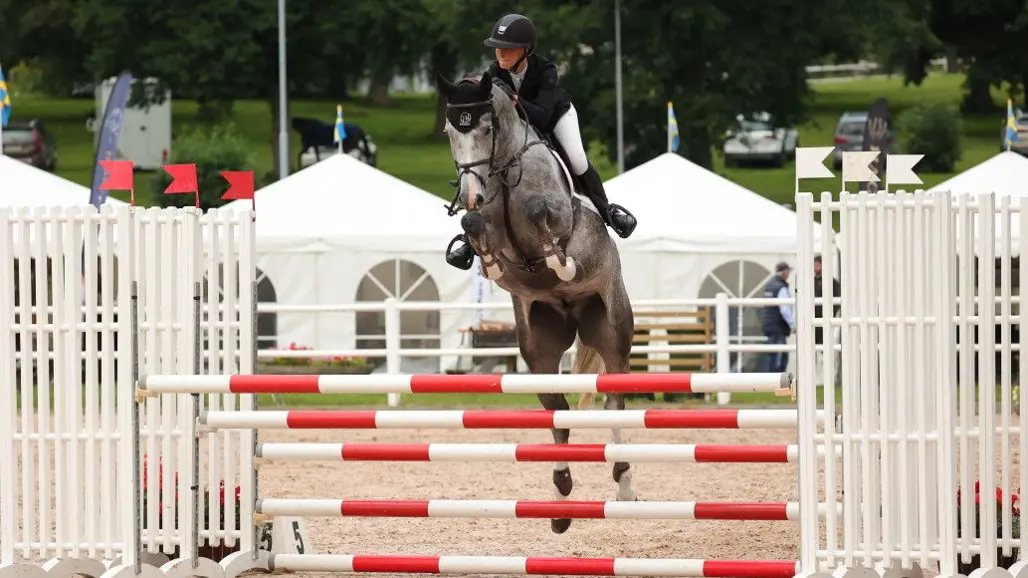
How symmetrically do high-performance riding horses move?
Determining whether a horse is lame can be difficult, so technology is now available to measure the asymmetries in the horse's movement patterns that occur with lameness.
Previous studies of different groups of horses in training have shown that many horses move asymmetrically (about 70%) but it is unclear whether this is always a pain-triggered lameness or whether there are other causes for the asymmetries.
Horses competing at a high level should move more symmetrically to perform at their best, and they are usually vetted at competition and often have very experienced riders and trainers. However, they are possibly more stressed than many horses trained at a lower level.
In this study at the Swedish University of Agricultural Sciences, 123 high-performance riding horses were examined to look at the prevalence of movement asymmetries and whether there was a link to the rider's perceived unsteadiness of the horse. The horses were trained in three different disciplines (lowest level in brackets): jumping (1.40m), dressage (medium A) and eventing (three-star). The horses showed no signs of lameness or had received treatment in the last three months according to the owners.
Approximately 70% of the high-performing horses moved asymmetrically and over a third of these had asymmetries of the same magnitude as clinically lame horses. The extent to which asymmetries were linked to orthopedic pain was not investigated in the study. To see if the asymmetries could be linked to the rider's perception of the horse's lameness, the riders were asked to fill in a questionnaire. The answers were analyzed but no relationship was found.
More studies are needed to find out when asymmetries are caused by pain and are a potential welfare problem. By regularly measuring the horse's movement pattern and seeing how it is affected by rest, exercise and disease, we will be able to learn more about the significance of movement asymmetries.
The study is funded by the Swedish Horse Research Foundation.
Link to the publication
https://doi.org/10.1371/journal.pone.0308061
Reference
Zetterberg, E. Persson-Sjodin, J. Lundblad, E. Hernlund, M. Rhodin (2024). Prevalence of movement asymmetries in high-performing horses perceived as free from lameness by the owner and riders’ perception of horse sidedness. PlosONE.
Contact
-
PersonEbba Zetterberg, PhD-studentHBIO, Anatomy and Physiology